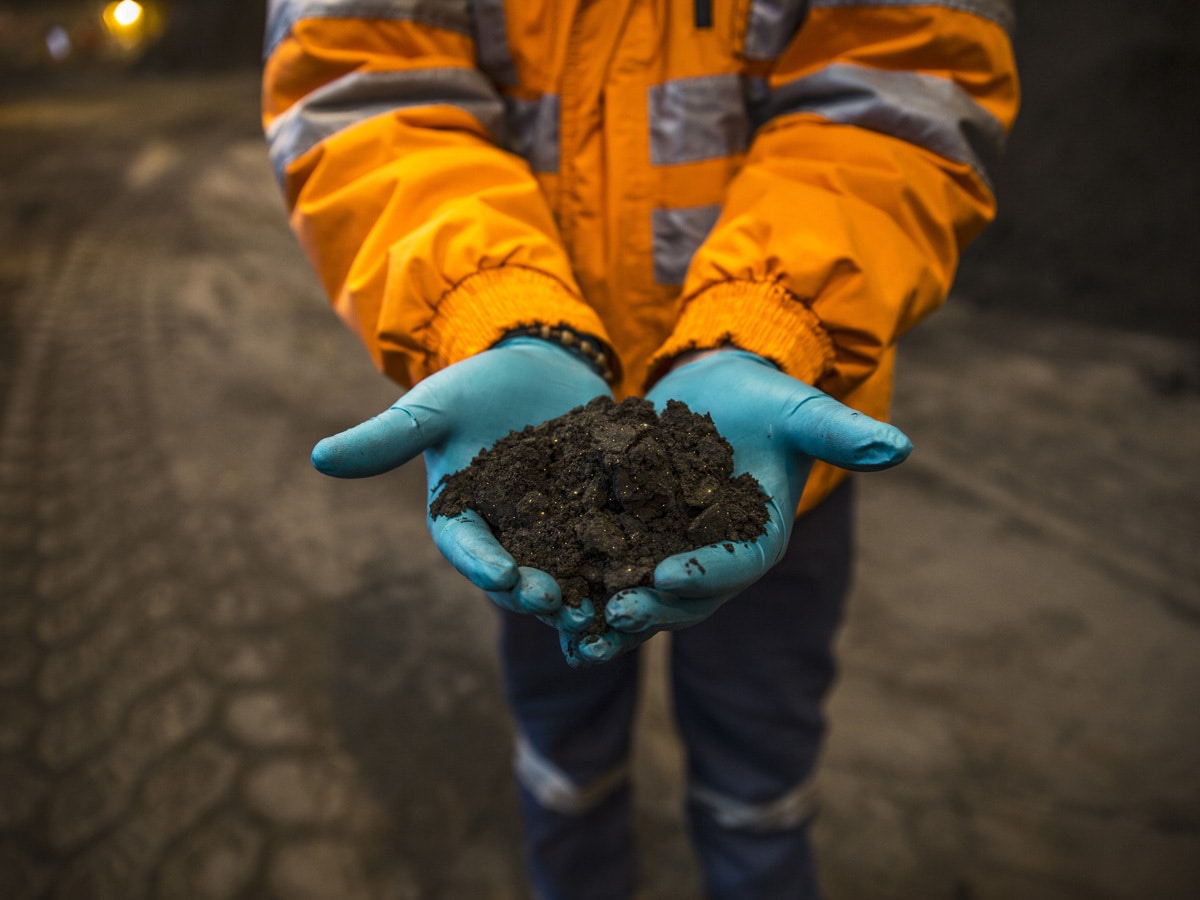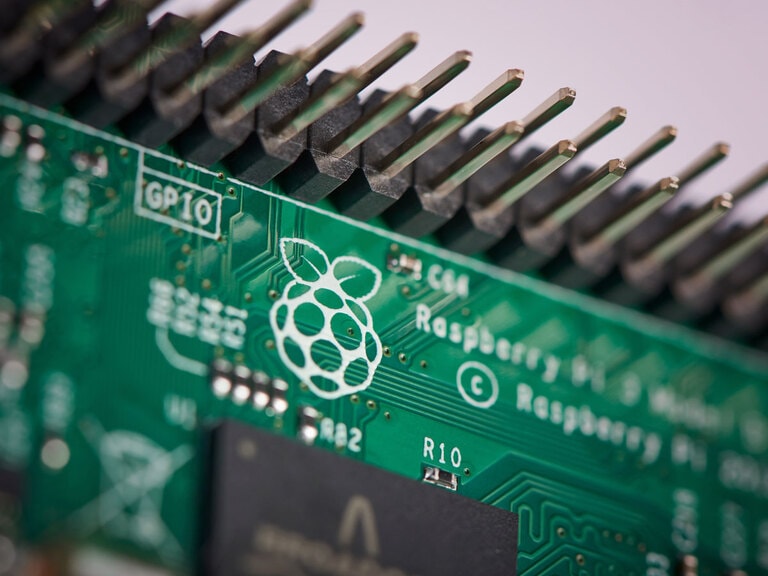As metals prices pullback from highs set earlier this year amid recession fears, analysts are still optimistic that Australian mining company BHP will see strong revenue growth when it reports full-year results on 16 August.
Despite increased recession fears and lower demand from China weighing down commodity prices, the BHP [BHP.L] share price has remained upbeat ahead of the mining company’s full-year results announcement on 16 August. As of 12 August, the stock’s London listing has risen 5.9% in the past month and is up 7.3% so far in 2022.
The upcoming results come a week after BHP had a $5.8bn cash bid rejected for Australian copper miner OZ Minerals [OZL.AX]. The bid was an attempt to capture a greater share in the copper industry, which is vital for the world’s shift away from hydrocarbons. OZ Minerals stated that the bid “significantly” undervalued the company. It is not clear if the bid is BHP’s final shot at buying the miner.
Despite the challenging last few months, earnings consensus from 17 analysts for the upcoming update remains strong. Full-year revenue is expected to rise to $65bn, up from $60.8bn the year before, as the strong first half of trading offsets the recent challenges. Analysts also have earnings before tax consensus of $34.6bn, representing a 13.9% increase from the year before.
Recession fears push down metal prices
While the BHP share price had risen considerably at the beginning of the year after reporting strong half-year results on the back of rising commodity prices, it has suffered somewhat as these prices reverse. The shares traded as high as 3,040p at the start of April but have since sunk to close at 2,255p on 12 August as the company warned of slowing global growth and lingering fears of recession.
The mining group reported a strong set of half-year results back in February, helping to post a record $7.6bn half-year dividend. It had returned $22bn to shareholders over the 18 months before February’s earnings report. The company posted underlying profit of $9.7bn, up 57% year-over-year. The rise in earnings reflected strong demand for commodities at the end of 2021 as lockdown restrictions eased. BHP was also able to push net debt down to $6.1bn at the end of 2021, which was considerably lower than the $11.8bn recorded at the end of 2020.
BHP, which makes most of its money from extracting iron ore, has seen prices for ore fall to roughly $110 per dry metric tonne in mid-August despite trading above $160 back in April. A slowdown in China’s real estate sector has particularly dragged on iron prices as halted construction has reduced demand for steel. Alongside this, copper has lost around 25% of its value in the past four months to the end of July. BHP announced that its copper production had fallen to 1.57 million tonnes in the year ending 30 June — a 4.3% decline from 1.64 million tonnes the year before.
BHP increases copper and nickel exposure
As the world races to net zero, BHP is aiming to increase its exposure to metals such as nickel and copper that are needed to facilitate the shift towards low carbon technology. The recent bid for copper miner OZ Minerals was part of this strategy to shift towards these metals.
At the beginning of the year, BHP revealed a $100m investment in UK miner Kabanga Nickel, which is developing a large nickel project in Tanzania. The project is expected to produce 40,000 tonnes a year of nickel for over 30 years starting in 2025. The nickel market is forecast to rapidly expand over the next few years as demand for the metal used in electric vehicle batteries surges. Alongside nickel, the project is also aiming to produce 4,000 tonnes a year of cobalt, another metal used in batteries.
Analysts share an optimistic outlook on BHP shares ahead of this shift towards energy transition metal. Out of 20 analysts polled by the Financial Times, two rated the Australian-listed shares a ‘buy’, seven believed they would ‘outperform’ and the remaining 11 gave a ‘hold’ rating. Of 17 of these analysts offering 12-month price targets, the median target was A$43.22, which represents a 11.3% upside from its closing price of A$38.83 on 12 August.
Continue reading for FREE
- Includes free newsletter updates, unsubscribe anytime. Privacy policy





